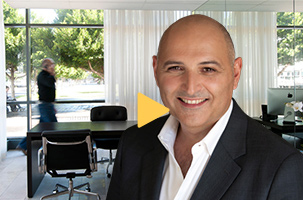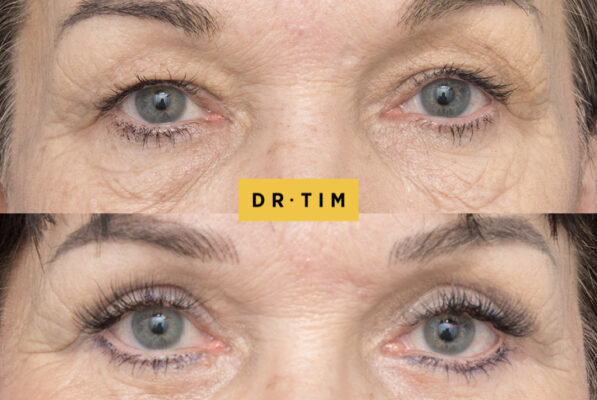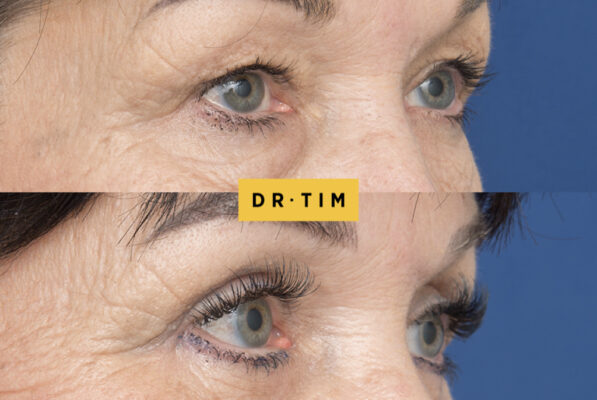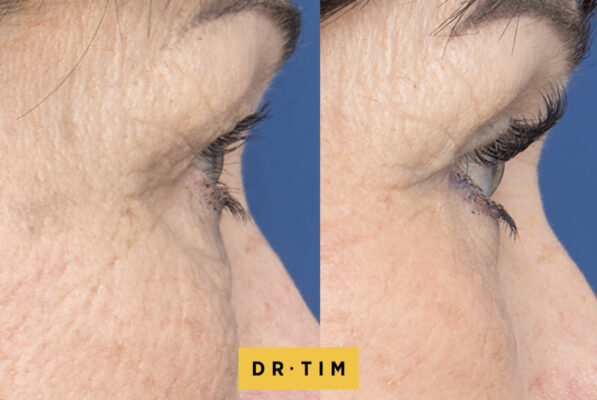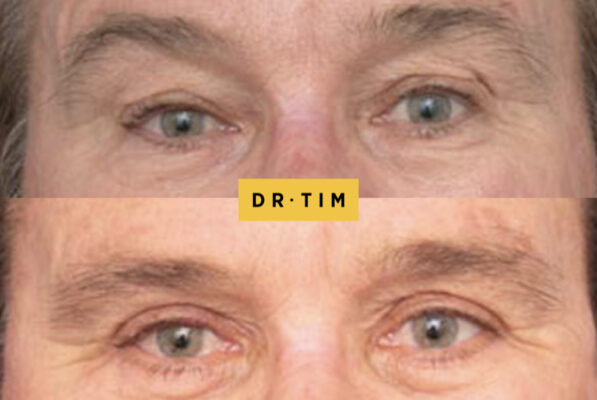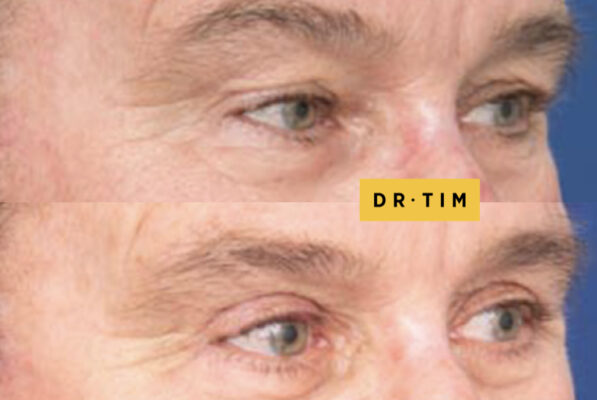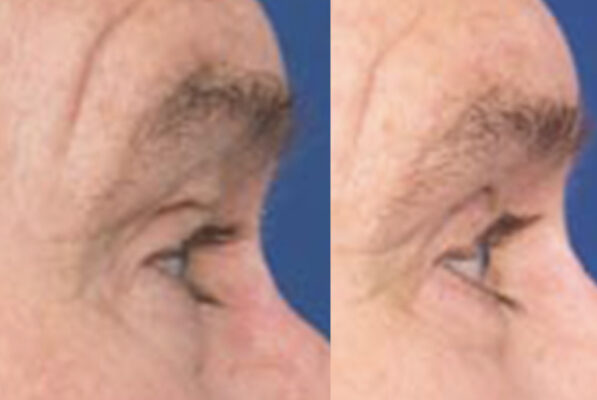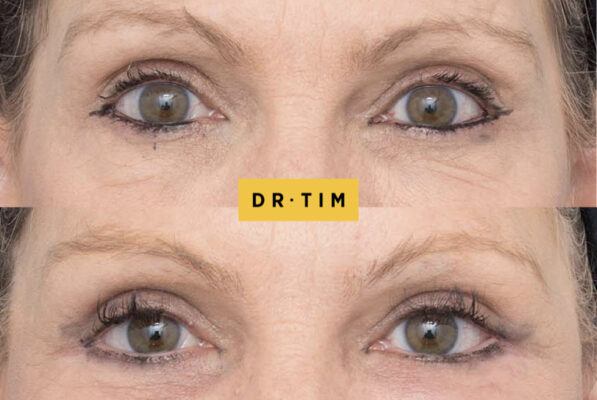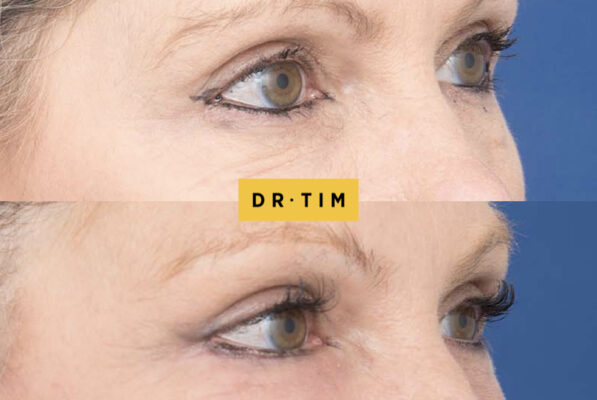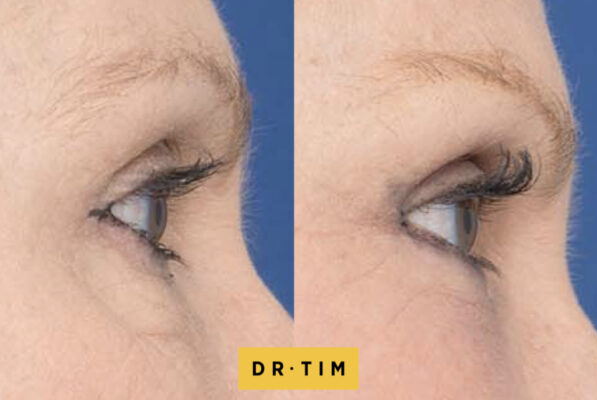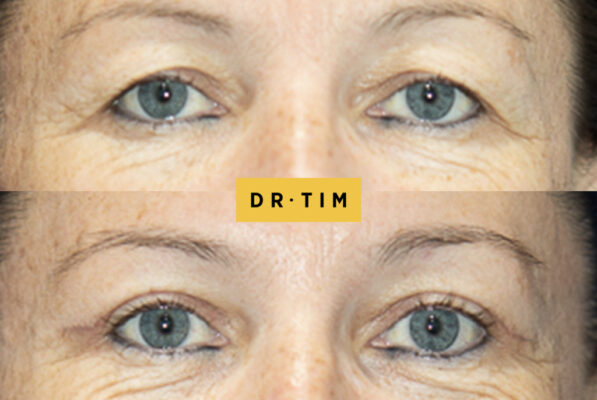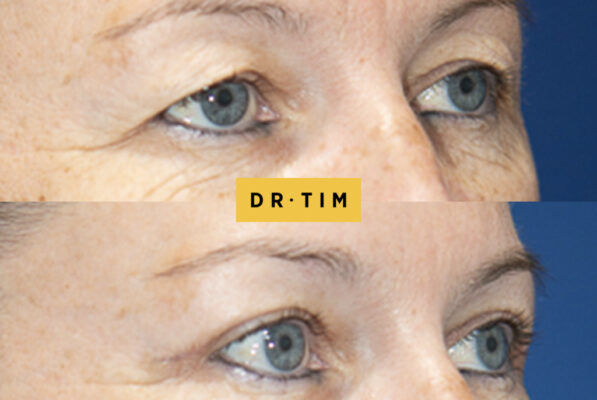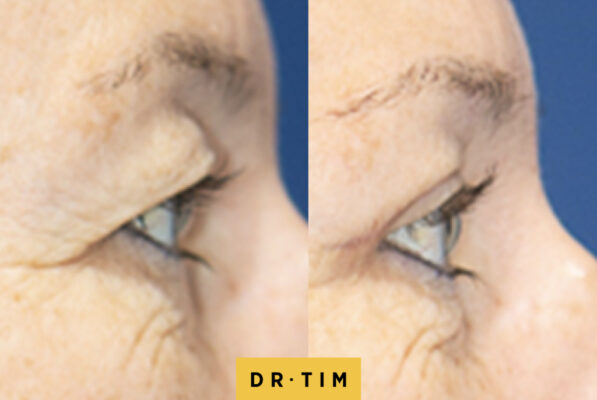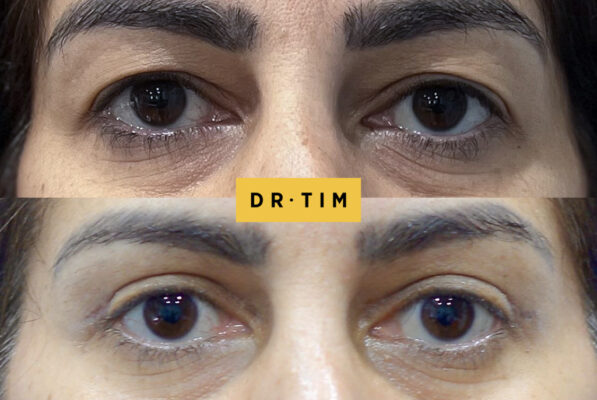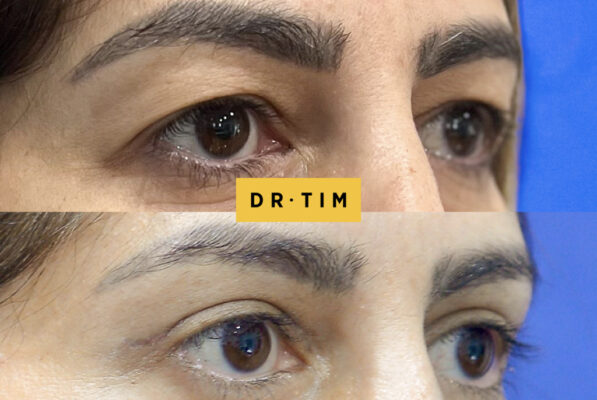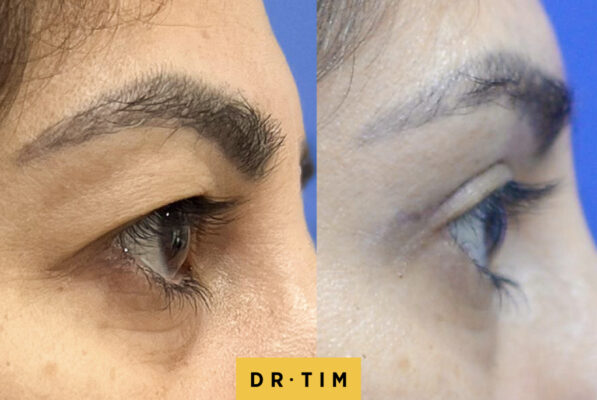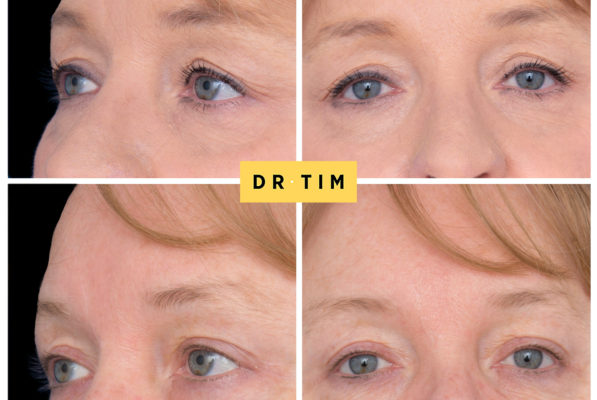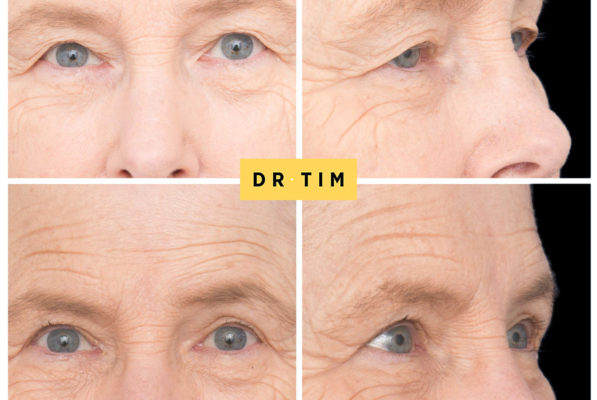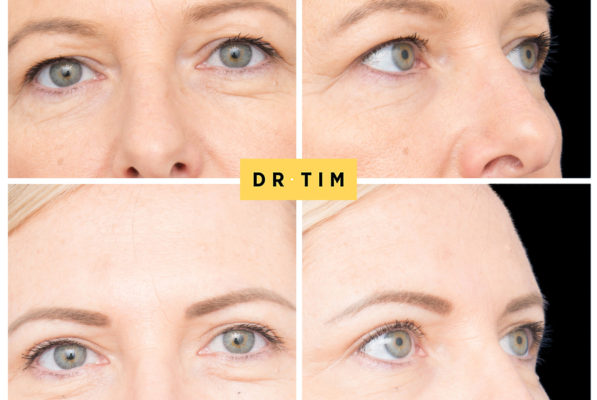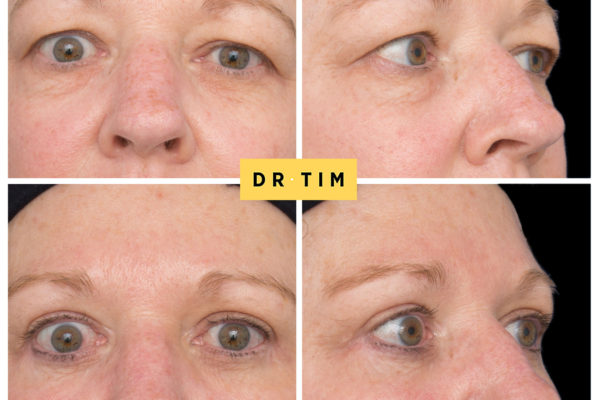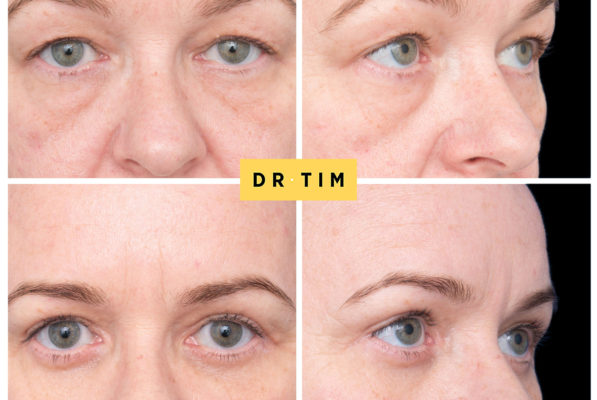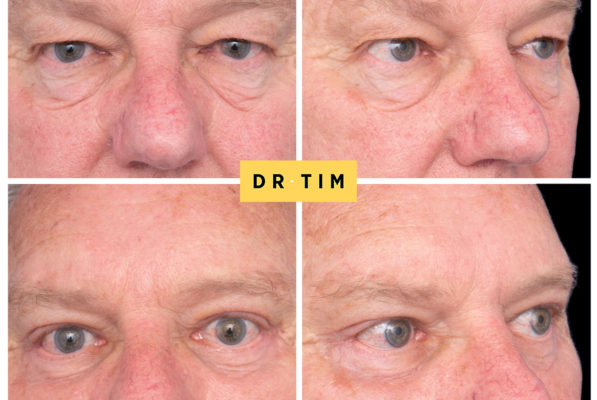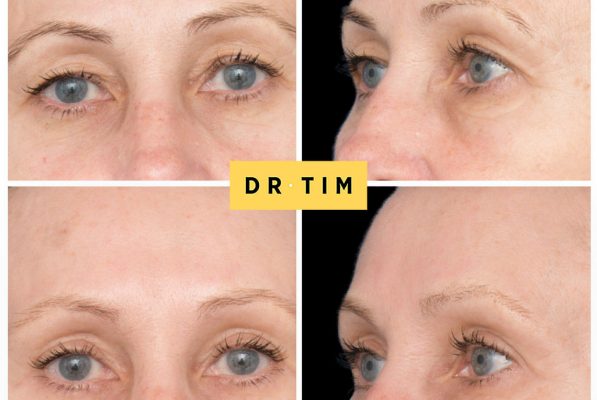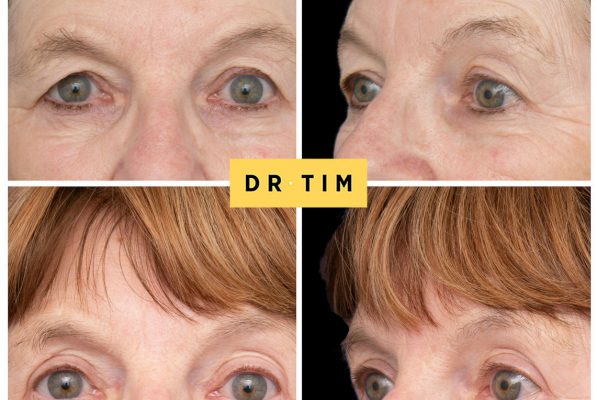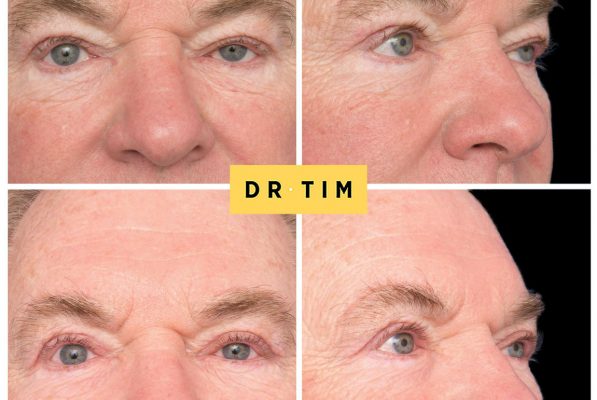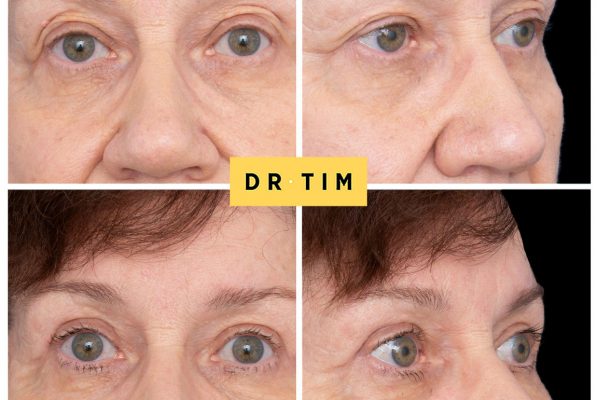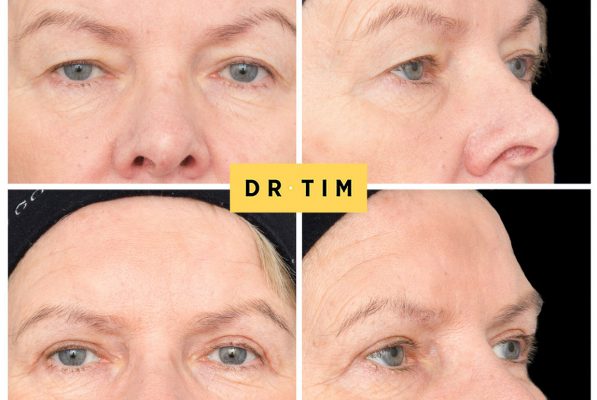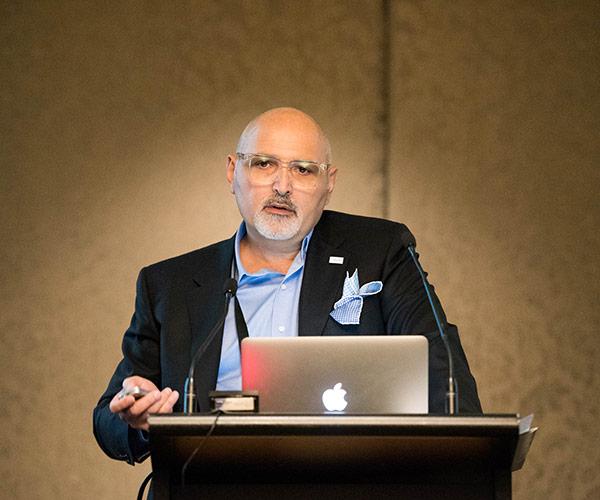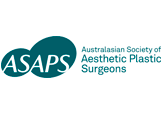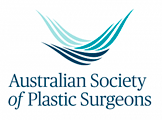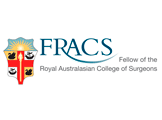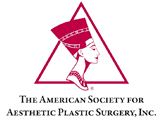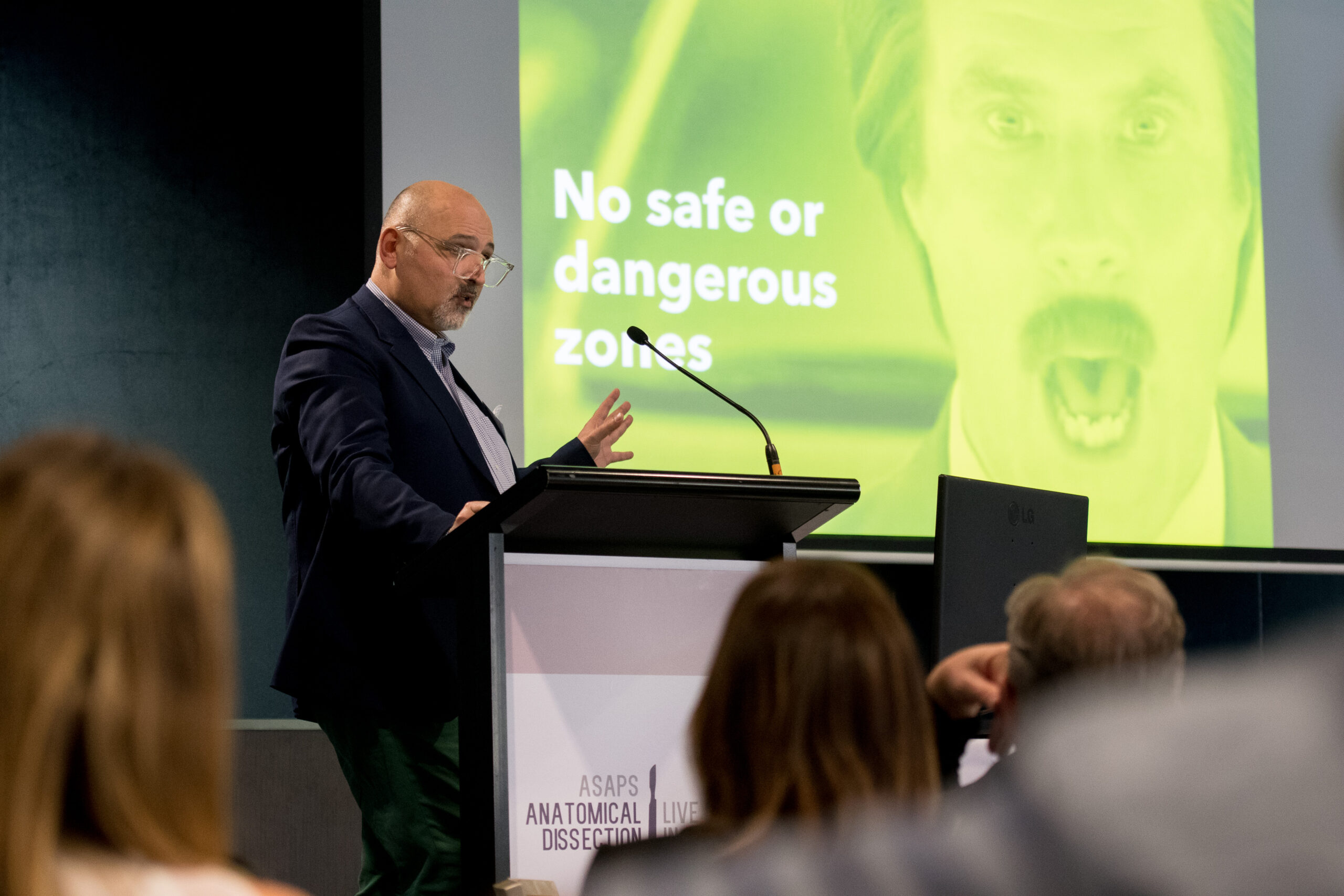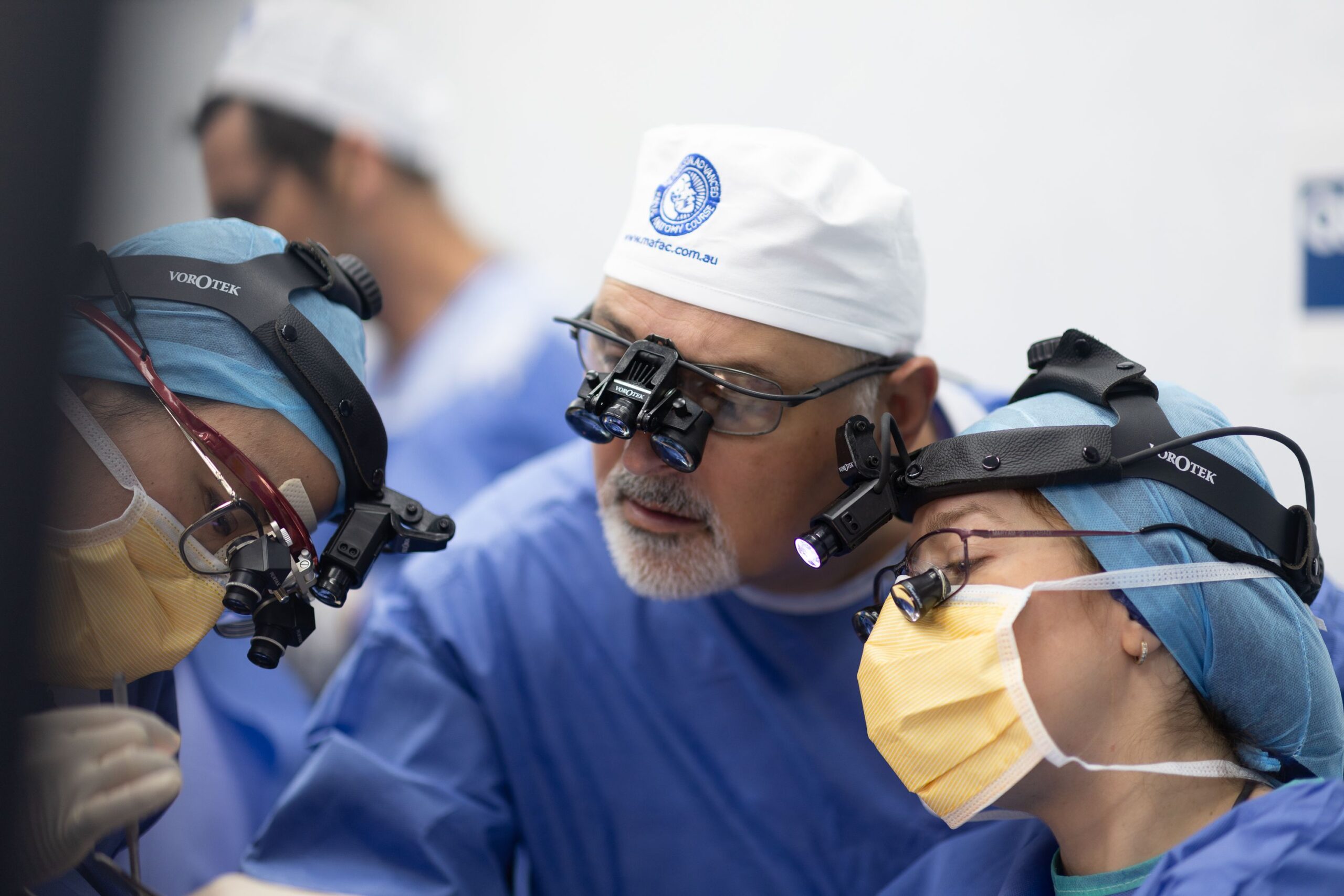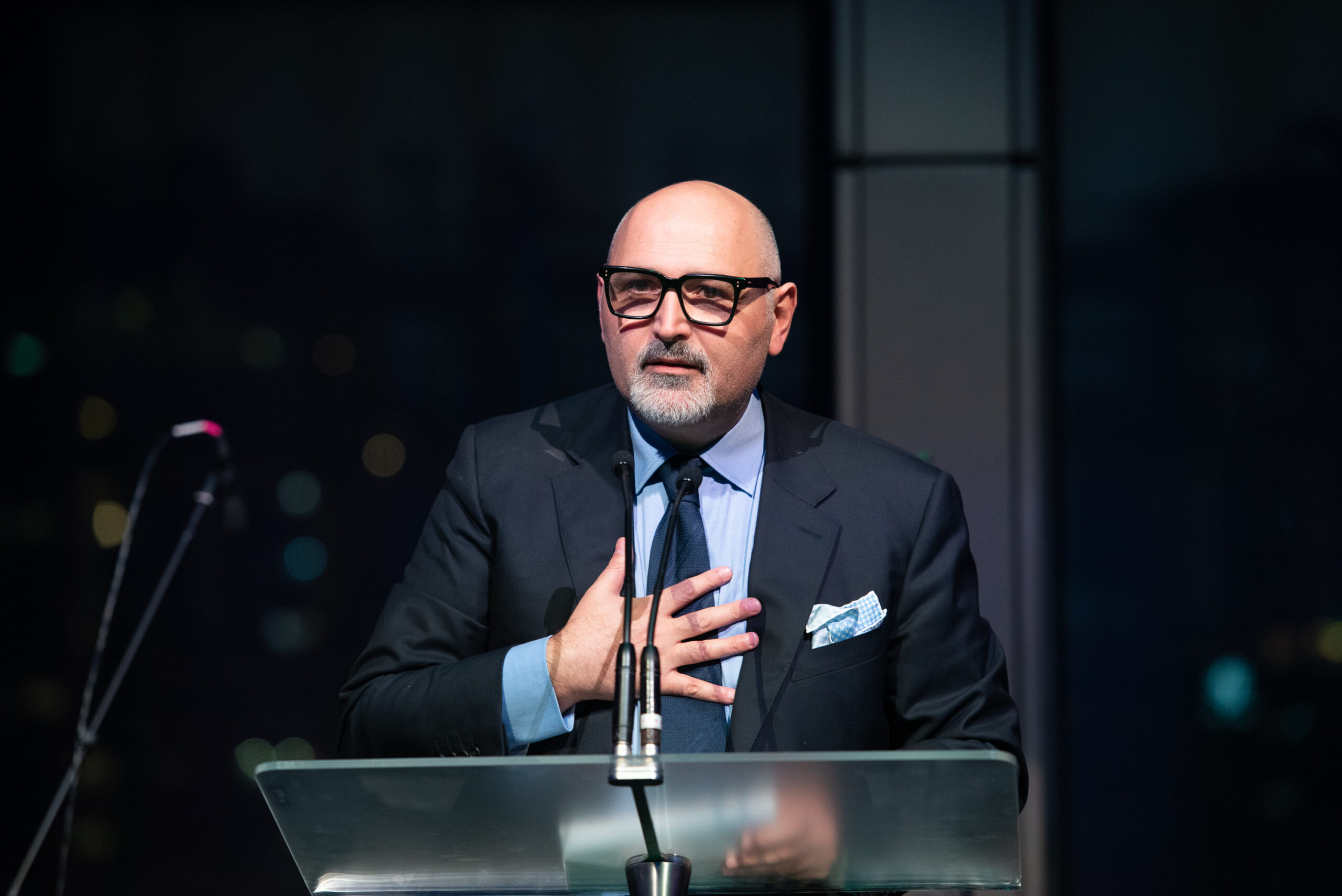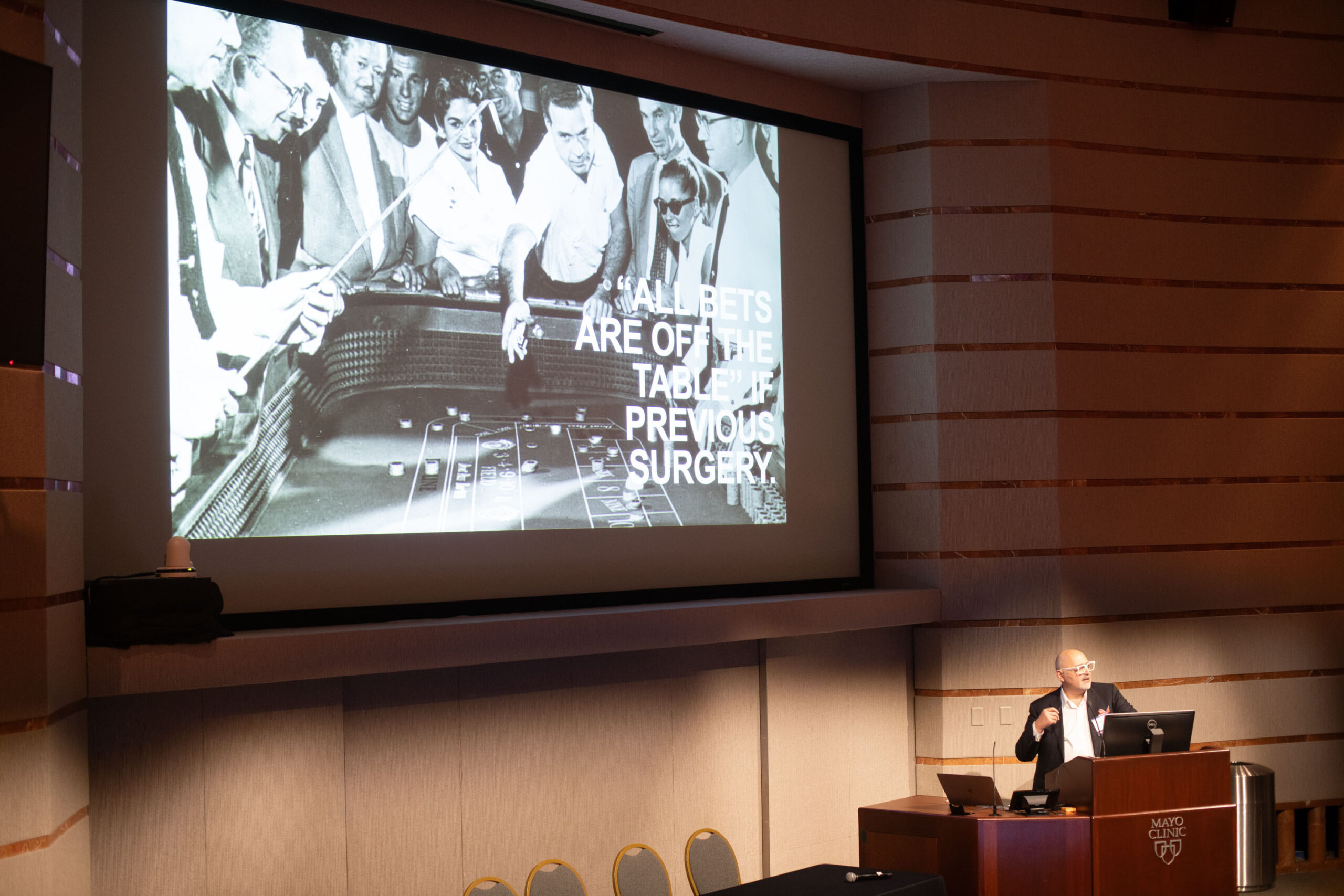Eyelid Surgery (Blepharoplasty) in Sydney
Technical Explanation of the Procedure
Eyelid surgery, medically known as blepharoplasty, is a procedure designed to enhance the appearance and functionality of the eyelids. It involves removing or repositioning excess skin, fat, and sometimes muscle to rejuvenate tired or drooping eyelids. Depending on individual concerns, blepharoplasty can be performed on the upper, lower, or both eyelids.
For upper eyelid blepharoplasty, the surgeon carefully places incisions along the natural creases of the eyelids to remove excess skin and fat, improving the field of vision and creating a more alert appearance.
For lower eyelid blepharoplasty, incisions are typically made just below the lash line or inside the lower eyelid (transconjunctival technique) to address under-eye bags, puffiness, and sagging.
This procedure is suitable for addressing:
- Drooping upper eyelids that impair vision.
- Excess skin or fat contributing to a “hooded” appearance.
- Puffy under-eye bags or hollows.
Quick Facts
- Procedure Duration: 1–2 hours, depending on complexity.
- Anaesthesia: Local anaesthesia with sedation or general anaesthesia.
- Hospital Stay: Day surgery.
- Results: Visible within weeks, with final results at 3–6 months.
- Longevity: Results last 10–15 years or longer with proper care.
- Best Candidates: Healthy individuals with realistic expectations and concerns about eyelid appearance or function.
What to Expect
Before Surgery:
Your eyelid concerns, medical history, and goals will be thoroughly assessed during your consultation with Dr. Tim. A personalised surgical plan will be created, and you’ll receive preoperative instructions to ensure a smooth experience.
During Surgery:
Eyelid surgery is performed in a fully accredited surgical facility. It involves precise incisions to ensure minimal scarring, removing or repositioning fat, and tightening skin or muscles as needed.
After Surgery:
Post-surgery, the eyelids may experience mild swelling, bruising, and tightness. These are normal and typically resolve over the first few weeks. Cold compresses and prescribed medications help manage discomfort and swelling.
Risks
While eyelid surgery is generally safe, potential risks include:
- Swelling and bruising.
- Temporary blurred vision or sensitivity to light.
- Dry eyes or difficulty closing the eyelids fully (typically temporary).
- Infection or bleeding.
- Scarring, which usually fades over time.
- Rare risks such as asymmetry or changes in eyelid function.
Recovery Tips
- Follow Post-Operative Instructions: Dr. Tim will provide detailed aftercare guidelines for healing.
- Protect Your Eyes: Wear dark sunglasses to shield your eyes from sun exposure and wind.
- Use Cold Compresses: These reduce swelling and soothe the area during the initial recovery phase.
- Keep the Area Clean: Gently clean your eyelids to avoid infection.
- Avoid Strenuous Activities: Refrain from heavy lifting or exercise for at least 2–3 weeks.
- Elevate Your Head: Sleeping with your head elevated can help minimize swelling.
This content is suitable for an 18+/adult audience only
These photos are of consented patients of this clinic/medical practitioner and have not been altered or digitally enhanced.
Outcomes shown are only relevant for this patient and do not necessarily reflect the results other patients may experience, as results may vary due to many factors including the individual’s genetics, diet and exercise.
Click on the images below to enlarge
